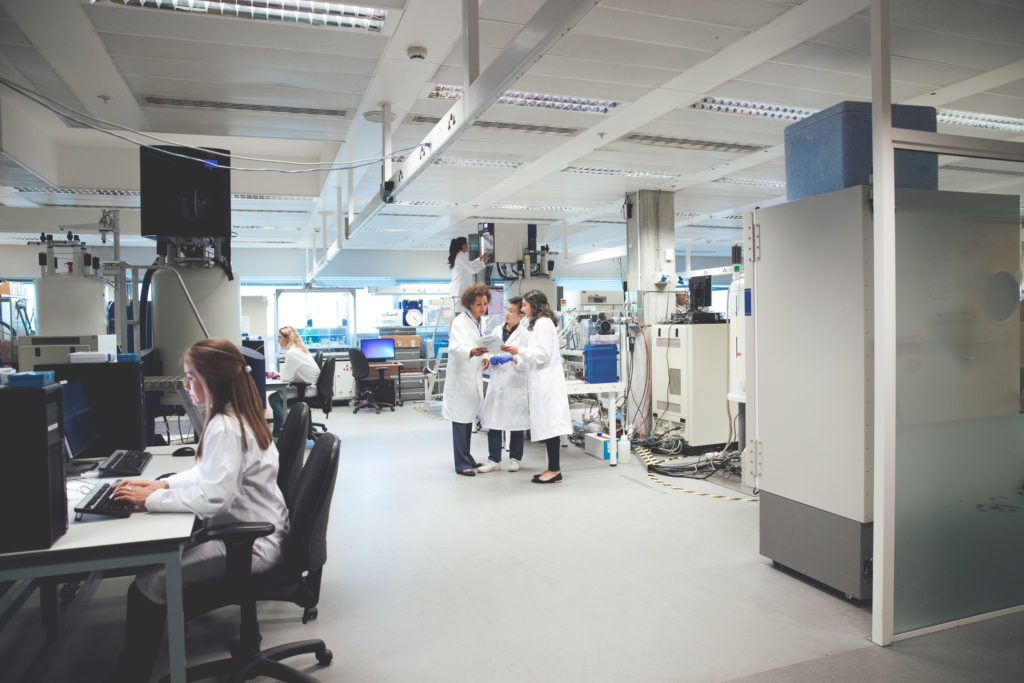Medical research helps improve human health outcomes through the investigation of new drugs and treatments, behavioural therapies and prevention strategies. It also involves studying new diseases and finding better ways to detect and diagnose them. Medical research is translational in nature; this means discoveries made in laboratory settings inform medical and clinical policy and practice, and eventually improve the lives of patients.
Australia’s history with medical research goes back to the late 1700s, when smallpox was detected in the local population. This led to the introduction of a vaccine in 1804 and, subsequently, to the first signed medical paper published in Australia. The establishment of the world-renowned National Health and Medical Research Council (NHMRC) in 1926 was one of the most significant milestones for medical research in Australia.
Since then, there have been several major medical breakthroughs in Australia. These include:
- The development of penicillin as an antibiotic
- Spray-on skin for burns treatment
- The bionic ear, also known as the cochlear implant
- Grey scale ultrasound imaging
- The discovery of a major risk factor for Sudden Infant Death Syndrome (SIDS)
- The prevention of spina bifida with folate
- Developing antivenom for spider and snake bites
- The vaccine against human papillomavirus (HPV)
Recent investments in medical research technology have supported the diagnosis and treatment of stroke, epilepsy and lung disease, including COVID-19.
What does a medical researcher do?
More than 23,000 medical researchers carry out world-class research at medical research institutes, universities and hospitals across Australia. Broadly, the role of medical researchers involves investigating a wide range of diseases that affect human health outcomes, conducting clinical trials to improve healthcare and informing policies.
Medical researchers include scientists, general practitioners, medical specialists, nurses and allied health professionals, to name a few.
Medical scientists are also medical researchers, but they carry out more specific tasks in the laboratory. Besides conducting laboratory tests for diagnosing, treating and preventing diseases, medical scientists work in multi-skilled roles specialising in microbiology, biochemistry, immunology, virology, cytology, molecular genetics, haematology and transfusion science.
Medical research jobs in Australia
There are many research organisations in Australia where you can secure a job as a medical researcher. Roles in the medical research field are diverse in nature; you could be doing laboratory-based research, a desk-based epidemiology study, or even hands-on community work.
Positions can be full-time or contract-based, depending on funding availability. Funders include the Australian Government, state and territory governments, and non-government entities such as not-for-profit organisations and private businesses. Examples of potential employers include universities, medical research institutes, hospitals and public health associations.
Some of the positions in medical research include:
- Medical research scientist
- Postdoctoral/research fellow
- Clinical project coordinator
- Research officer
- Research assistant
- Research associate
After obtaining the relevant qualifications to be a medical researcher, you can start with an entry-level position, such as a medical research assistant or associate. These positions involve assisting a lead scientist in devising, planning and conducting research trials.
Remember that different medical research positions have their own experience and expertise requirements. For example, to be a research assistant, you’ll need to have relevant research and laboratory experience.
Where can international students study medical research in Australia?
Australia’s cutting-edge healthcare education and research sector is complemented by hands-on training in laboratories and internships in professional environments. This ensures that students enjoy a comprehensive, well-rounded education that combines their studies with real-world experience.
If you want to pursue a career as a medical researcher, you will generally need to complete a master’s degree or doctoral-level graduate program in a health and medical sciences discipline. An undergraduate degree in biological sciences, clinical research, medicine or nursing is a good start. Then, you can explore your postgraduate study options based on the career path you’d like to take. For instance, you can work towards studying and practising medicine. Then, if you’d like to have a research career beyond medicine, you can choose to undertake a PhD later on.
You can also complete a research-based internship through a summer research scholarship program. Many Australian educational institutions provide undergraduate students with this opportunity, which allows them to be mentored by a research supervisor, scientist or physician and work in collaboration with a team on an ongoing research project.





